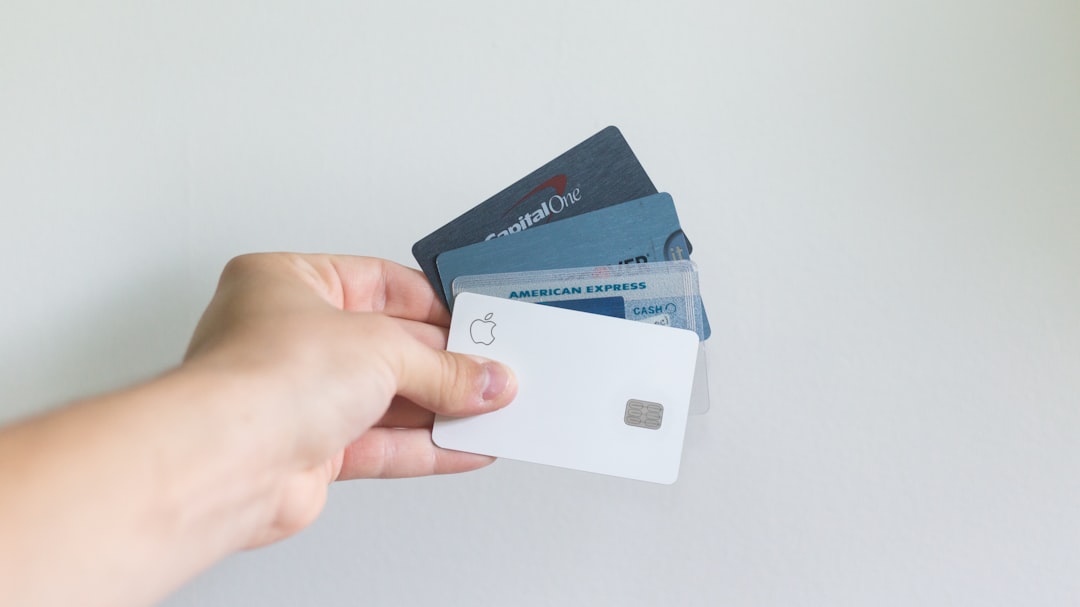Personal Loan Consolidation simplifies multiple credit card payments by offering a single loan with lower interest rates, saving money and time. It involves assessing credit card debts, comparing interest rates, and creating a personalized repayment plan with lenders. After consolidating, maintaining financial health requires disciplined budgeting, automated bill payments, and prioritizing high-interest debts to avoid new debt accumulation. Regular credit report reviews track progress and ensure financial well-being.
Looking to tackle your mounting credit card debts? Debt consolidation loans could be the solution you need. This article guides you through the process of obtaining a personal loan consolidation, detailing the benefits and offering strategies for effective financial management post-consolidation. By understanding debt consolidation loans and assessing your credit card balances, you can make informed decisions to streamline your finances and regain control.
- Understanding Debt Consolidation Loans and Their Benefits
- Assessing Your Credit Card Debts for Consolidation
- The Process of Obtaining a Personal Loan Consolidation
- Strategies for Effective Post-Consolidation Financial Management
Understanding Debt Consolidation Loans and Their Benefits

Debt consolidation loans offer a strategic approach to managing multiple credit card balances by providing a single loan with a lower interest rate than each individual credit card. This financial tool allows borrowers to simplify their payments, potentially saving money in the long run. By consolidating debts, individuals can reduce the number of monthly payments they need to make, making it easier to stay on top of repayments and avoid missing deadlines.
One of the key benefits of Personal Loan Consolidation is the ability to free up cash flow. With several credit cards paying off high-interest balances, borrowing money at a lower rate through consolidation can help with budgeting and even allow for additional financial flexibility. This method is particularly attractive as it provides a clear path to debt elimination, helping individuals regain control over their finances.
Assessing Your Credit Card Debts for Consolidation

When considering debt consolidation, especially through a personal loan consolidation, the first step is to thoroughly assess your credit card debts. This involves looking at the balances on each card, the interest rates associated with them, and any fees or penalties for late payments. Creating a detailed breakdown will help in understanding the scope of your financial obligations and identifying areas where consolidation can offer significant savings.
You’ll want to compare these rates not just between credit cards but also against potential personal loan rates. This comparison is crucial as it determines whether consolidating through a personal loan makes financial sense. Tools like debt consolidation calculators can assist in this evaluation by simulating different scenarios, helping you make an informed decision tailored to your specific debt profile.
The Process of Obtaining a Personal Loan Consolidation

Obtaining a personal loan consolidation is a strategic step towards managing credit card balances effectively. The process begins with an assessment of your current financial situation. Lenders will review your income, existing debts, and credit history to determine your eligibility for a consolidation loan. This step ensures that you can handle the additional debt responsibly.
Once approved, you’ll work with the lender to tailor a repayment plan suited to your budget. The loan funds are then used to pay off multiple credit card balances, simplifying your payments from several creditors to just one monthly installment. This streamlined approach can significantly reduce interest rates and ease the burden of managing various debts, providing relief and better financial control.
Strategies for Effective Post-Consolidation Financial Management

After successfully using a Debt Consolidation Loan to pay off credit card balances, effective financial management becomes crucial for maintaining a healthy financial standing. One strategy is to create and stick to a detailed budget that allocates funds for essentials, savings, and debt repayment. This helps in avoiding new debts and ensures the loan’s balance is paid down steadily. Additionally, consider automating bill payments to avoid late fees and ensure timely repayments.
Another essential practice is to prioritize high-interest debts over lower ones, especially if they are credit cards. This strategy, known as the debt snowball or avalanche method, can save money in interest charges. Moreover, integrating financial education into your routine by learning about investing, saving strategies, and debt management tools will empower you to make informed decisions. Regularly reviewing your credit report is also vital to monitor your progress and ensure no discrepancies exist.
Debt consolidation loans offer a strategic path to financial freedom by providing a single, manageable payment for multiple credit card balances. By assessing your debts and choosing a personal loan consolidation, you can simplify repayment, reduce interest rates, and regain control over your finances. With effective post-consolidation management strategies in place, individuals can achieve long-term financial stability and avoid the cyclical debt trap of credit cards. A personal loan consolidation is a powerful tool for navigating and overcoming debt, allowing folks to focus on building a brighter financial future.
